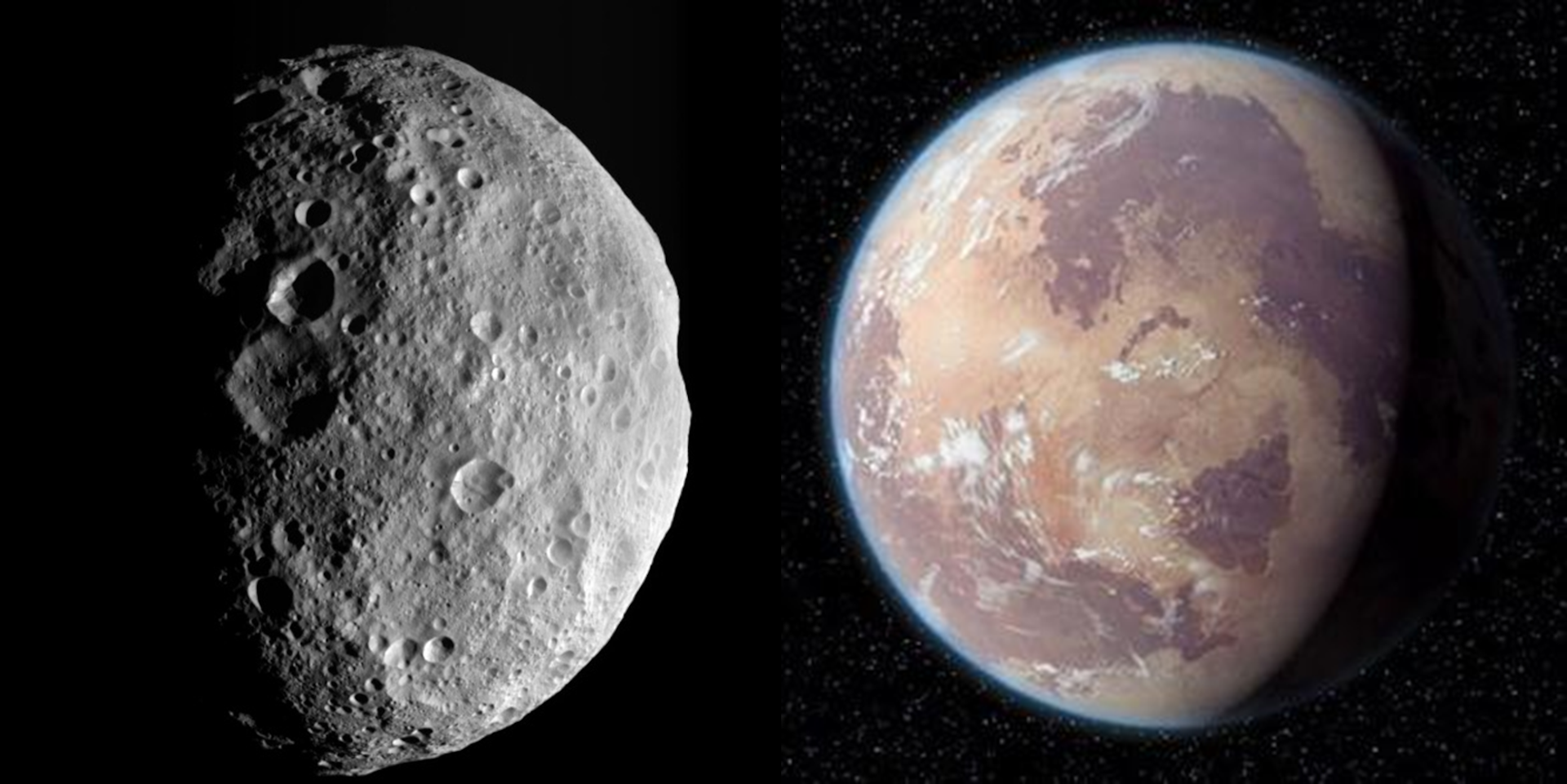
To this point, J0613+52 is unlike any other galaxy discovered in the universe. What we do know is that it’s an incredibly gas rich galaxy and its not demonstrating any star formation.

In a magnificent first, we finally have direct observational evidence of the stellar process that produces neutron stars and black holes.

Astronomers have made the rare discovery of a small, cold exoplanet and its massive outer companion -- shedding light on the formation of planets like Earth.

How long does planet formation take? Maybe not as long as we thought, according to new research.

A team of scientists has come up with a wild new way to visit our closest star Proxima Centauri using a swarm of tiny spacecraft.

A strange star in the Milky Way bares the signature of a unique explosion of a giant star that once existed billions of years ago in the era of the cosmic dawn.

The latest discovery of an ultra-large structure called the "Big Ring" adds to "mounting evidence" that challenges what we know about the universe.

The circles could be shells created by outflowing galactic winds, maybe from massive supernovae explosions. These extremely quick outflowing winds can be produced by massive “starburst” galaxies

Vulcan was built by United Launch Alliance, a joint venture between Boeing and Lockheed Martin and is designed to replace two older rockets.

New research suggests that the so-called clumpiness problem, which centers on the unexpectedly even distribution of matter on large scales throughout the Universe, may be a sign that dark matter is composed of hypothetical, ultra-light particles.

Neptune is fondly known for being a rich blue and Uranus green – but a new study has revealed that the two ice giants are actually far closer in colour than typically thought.

Jupiter's largest moon, Ganymede, features a surprisingly strong magnetic field for its size. Now, a new experimental study has put one of the leading models of core dynamics to the test: the formation of crystalized 'iron snow'.

Engineers at NASA successfully test-fired an innovative Rotating Detonation Rocket Engine combustor, a potentially revolutionary propulsion technology that could deliver a lander to the lunar surface or propel a spacecraft to Mars.

India has recently launched its first satellite to study black holes as it seeks to deepen its space exploration efforts ahead of an ambitious crewed mission next year.

The presence of veins in Tatahouine meteorite suggest the sample has experienced pressures of up to 25 gigapascals (GPa) of pressure. The pressure at the bottom of the Mariana Trench, the deepest part of our ocean, is only 0.1 GPa.